Plants in Space (start time 04:36) What would you miss if you were to spend an extended time in space—driving a car? Going to the movies? Hiking? Playing with your dog? Gravity, maybe? Or maybe something as simple as eating good, nutritious vegetables. How On Earth’s Beth Bartel speaks with University of Colorado undergraduate researcher Lizzy Lombardi about harvesting healthier veggies for our astronauts. Or, as we like to think about it, plants in space.
 Relativity (start time 13:30) Albert Einstein published his special theory of relativity in 1905 and his general theory in 1915. Special relativity revealed bizarre and powerful ideas, including the famous equation E=mc2, but the basic theory hinges on a single realization: all observers, no matter how fast they are moving, always measure the same speed of light in space. A decade later, general relativity, the result of Einstein’s “happiest thought” that “the gravitation field has only a relative existence” unseated Newton’s law of gravitation. General relativity has passed every observation trial—so far. Relativity is important in everyday experience, for example enabling the incredible accuracy of the Global Positioning System, but the theory, especially the general form, can be a tough mathematical challenge. Boulder astrophysicist Dr. Jeffrey Bennett’s just-published book, What Is Relativity? An Intuitive Introduction to Einstein’s Ideas, and Why They Matter, gently straightens the curved spacetime. Join Jeff and host Jim Pullen live in the studio to learn why ‘black holes don’t suck’!
Relativity (start time 13:30) Albert Einstein published his special theory of relativity in 1905 and his general theory in 1915. Special relativity revealed bizarre and powerful ideas, including the famous equation E=mc2, but the basic theory hinges on a single realization: all observers, no matter how fast they are moving, always measure the same speed of light in space. A decade later, general relativity, the result of Einstein’s “happiest thought” that “the gravitation field has only a relative existence” unseated Newton’s law of gravitation. General relativity has passed every observation trial—so far. Relativity is important in everyday experience, for example enabling the incredible accuracy of the Global Positioning System, but the theory, especially the general form, can be a tough mathematical challenge. Boulder astrophysicist Dr. Jeffrey Bennett’s just-published book, What Is Relativity? An Intuitive Introduction to Einstein’s Ideas, and Why They Matter, gently straightens the curved spacetime. Join Jeff and host Jim Pullen live in the studio to learn why ‘black holes don’t suck’!
Producer: Beth Bartel
Engineer: Jim Pullen
Executive Producer: Jim Pullen
Additional contributions: Jane Palmer
Listen to the show:
Podcast: Play in new window | Download (Duration: 24:08 — 33.1MB)
Subscribe: RSS

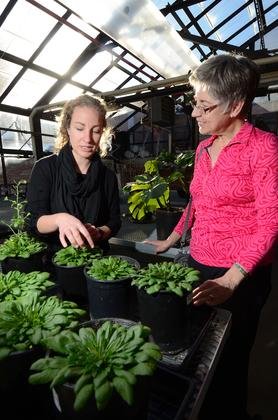



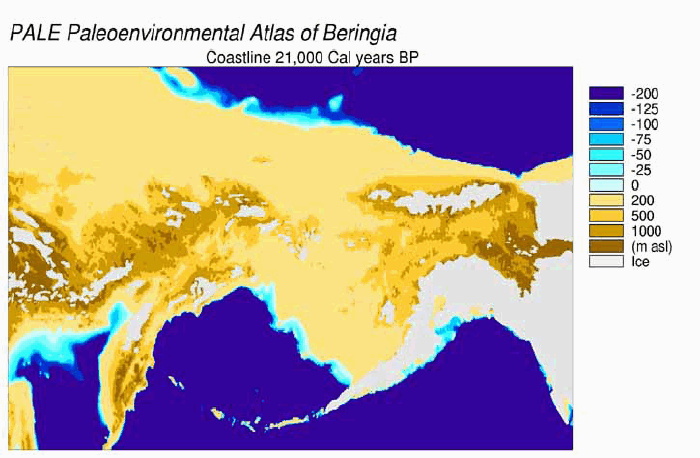

 Her quest to learn whether dolphins have language, and to learn that language, is notable for its longevity. But her relationship with them is remarkably respectful, too. We last
Her quest to learn whether dolphins have language, and to learn that language, is notable for its longevity. But her relationship with them is remarkably respectful, too. We last  The Ogallala Road (start time 15:15). We often hear about how the Colorado River is running dry. The Western states that rely on its flowing water are struggling to reckon with how its depleting reservoirs will satiate growing populations. You’ve probably seen images of the white “bathrub rings” at Lake Powell and Lake Mead that expose the water line rings of years ago. But there’s an equally dramatic and dangerous drop in an invisible source of water. That’s the
The Ogallala Road (start time 15:15). We often hear about how the Colorado River is running dry. The Western states that rely on its flowing water are struggling to reckon with how its depleting reservoirs will satiate growing populations. You’ve probably seen images of the white “bathrub rings” at Lake Powell and Lake Mead that expose the water line rings of years ago. But there’s an equally dramatic and dangerous drop in an invisible source of water. That’s the 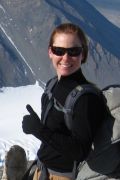

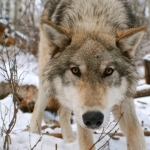 Haven for Captive Wolves (start time 14:25)
Haven for Captive Wolves (start time 14:25)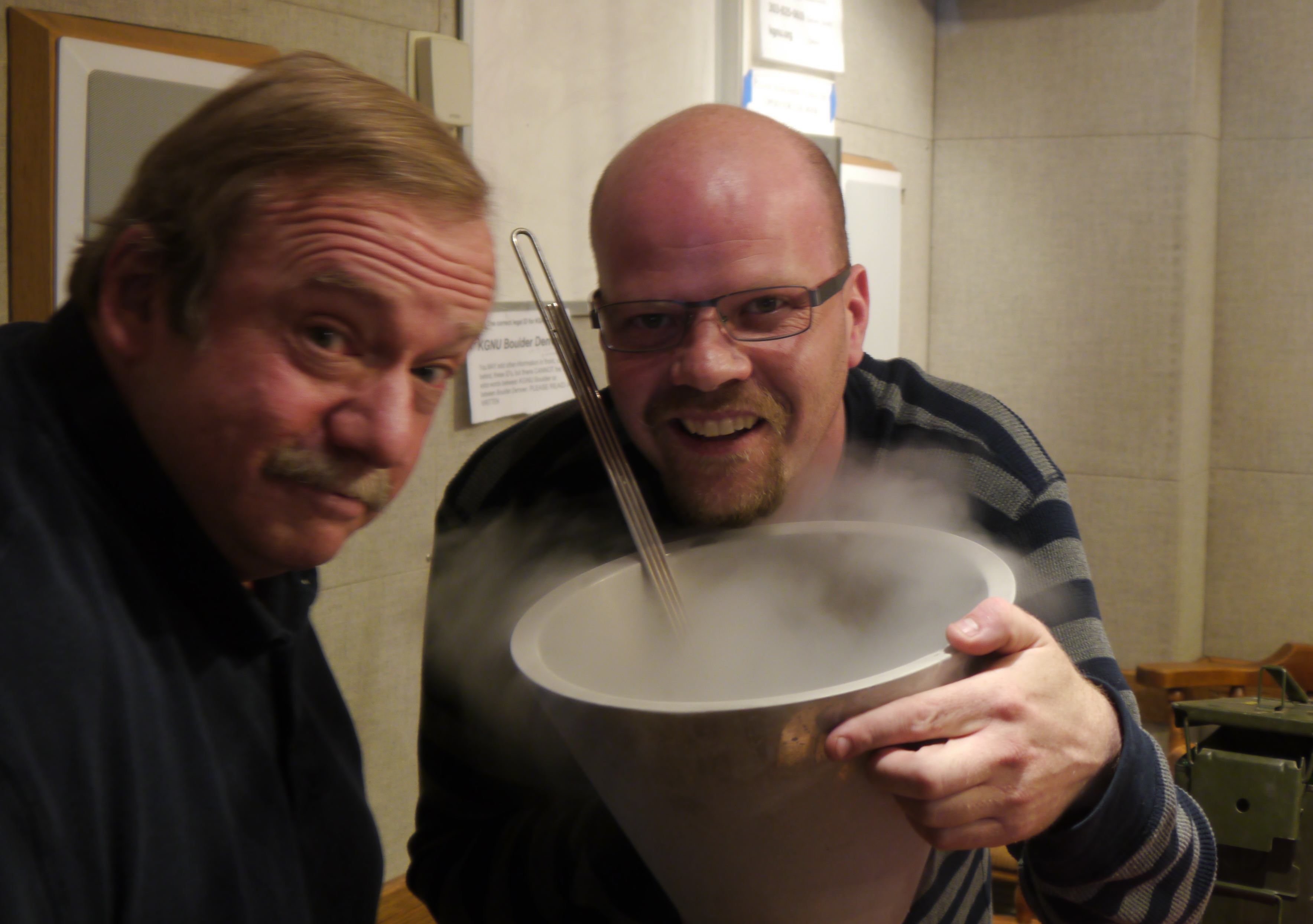
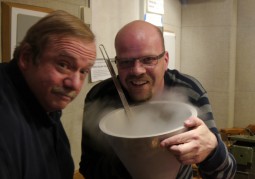 Welcome to a special
Welcome to a special 
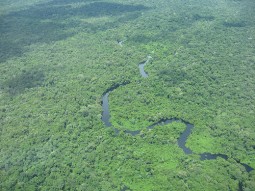 Amazon CO2 (start time 04:37) The Amazon basin contains the largest tropical rainforest on the planet. It’s been critical not only for its beauty and biodiversity but also for its ability to store more carbon dioxide than it emits. The soil and above-ground biomass of the Amazon makes it one of the largest reservoirs of carbon dioxide. And that has helped to keep climate change from accelerating even faster. But a new
Amazon CO2 (start time 04:37) The Amazon basin contains the largest tropical rainforest on the planet. It’s been critical not only for its beauty and biodiversity but also for its ability to store more carbon dioxide than it emits. The soil and above-ground biomass of the Amazon makes it one of the largest reservoirs of carbon dioxide. And that has helped to keep climate change from accelerating even faster. But a new 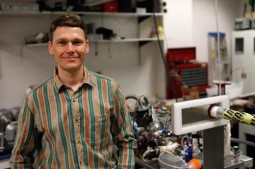 Power Plant Smokestacks (start time 14:43) To understand the global greenhouse gas budgets, it’s critical to characterize their sources and sinks. Electrical power generation accounts for about a
Power Plant Smokestacks (start time 14:43) To understand the global greenhouse gas budgets, it’s critical to characterize their sources and sinks. Electrical power generation accounts for about a 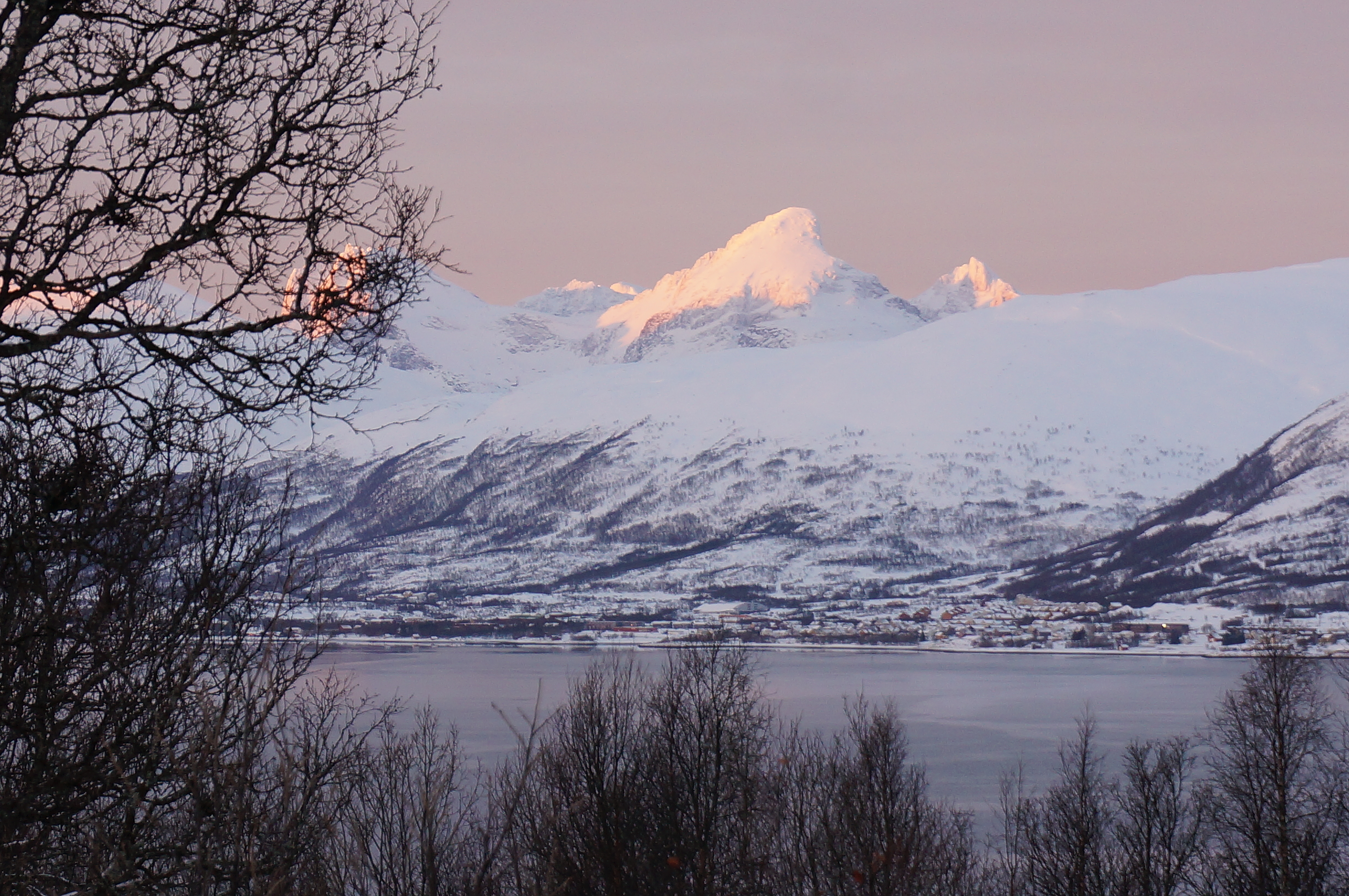
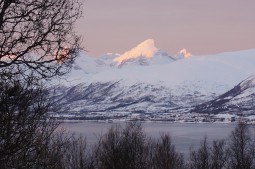
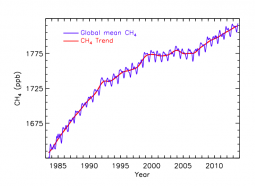
 Bonobo Conservation Success: (start time: 16:11) Author
Bonobo Conservation Success: (start time: 16:11) Author 

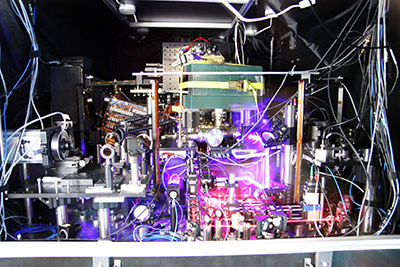 Strontium Clock (start time 14:10) We’ve got a full-house of physicists in the studio today to help us understand the new
Strontium Clock (start time 14:10) We’ve got a full-house of physicists in the studio today to help us understand the new 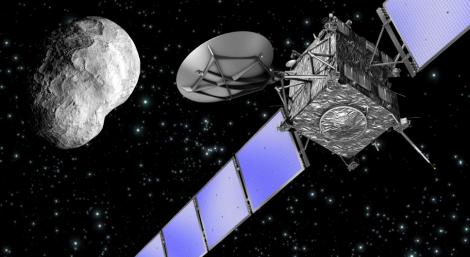


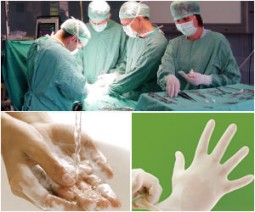
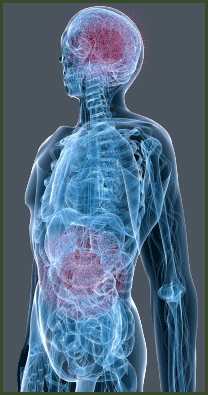

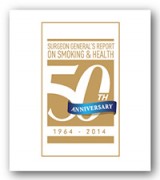 Quitting smoking (start time 4:39) 50 years ago, the U.S. Surgeon General began a
Quitting smoking (start time 4:39) 50 years ago, the U.S. Surgeon General began a 

 For our first show in 2014 we offer two feature interviews:
For our first show in 2014 we offer two feature interviews: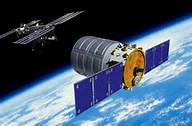 Feature #2: In expectation of the first official cargo flight of the
Feature #2: In expectation of the first official cargo flight of the